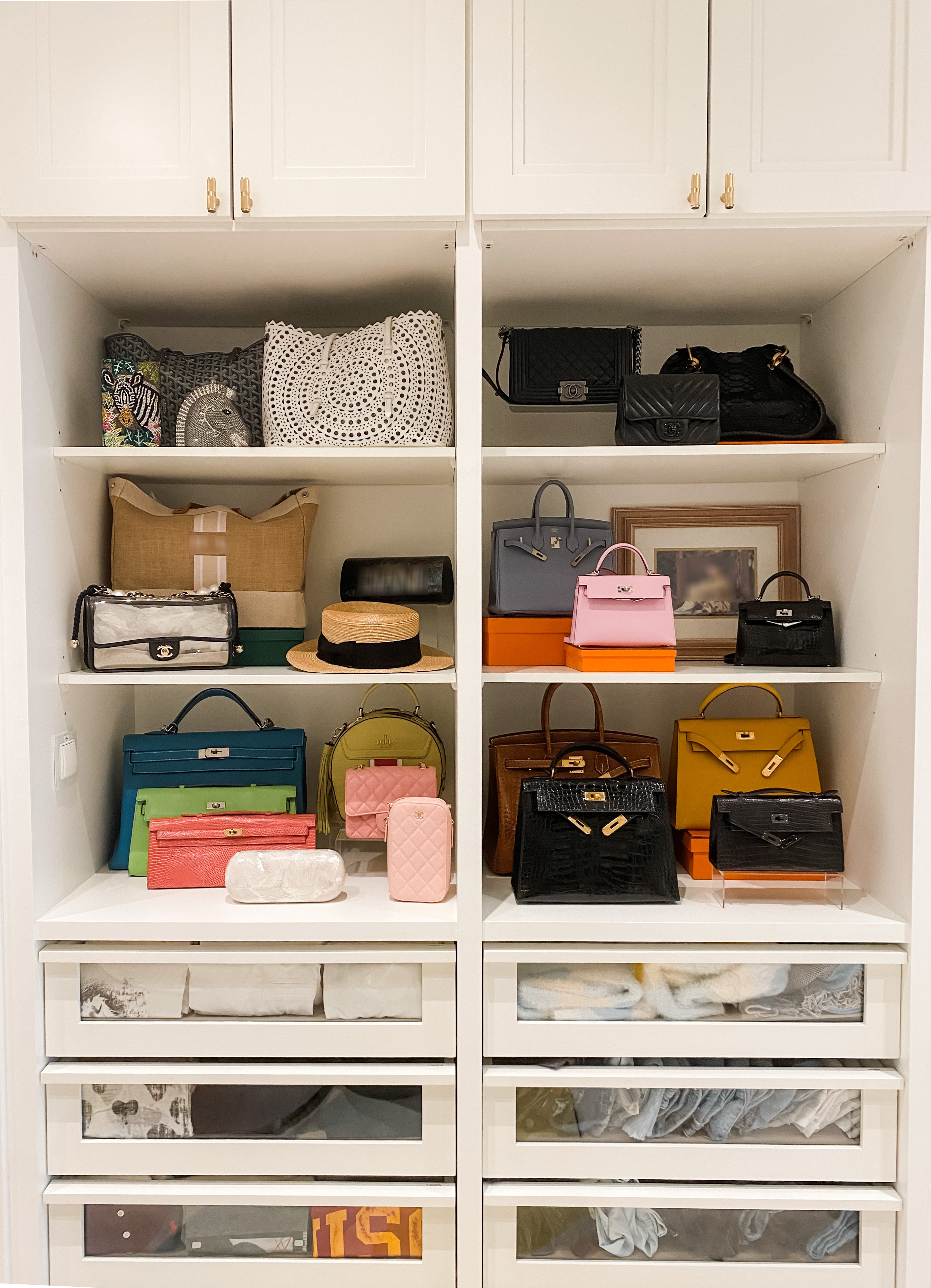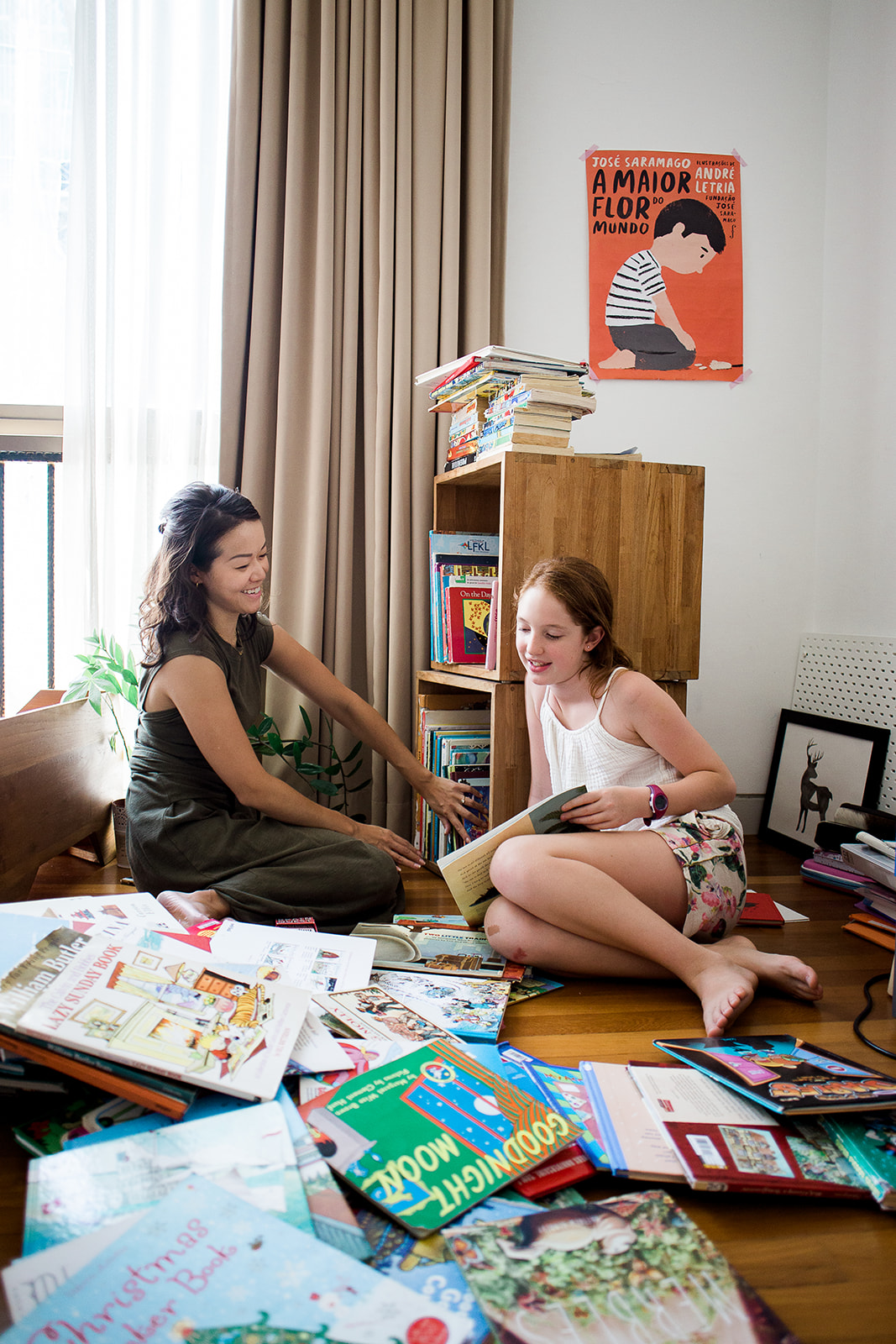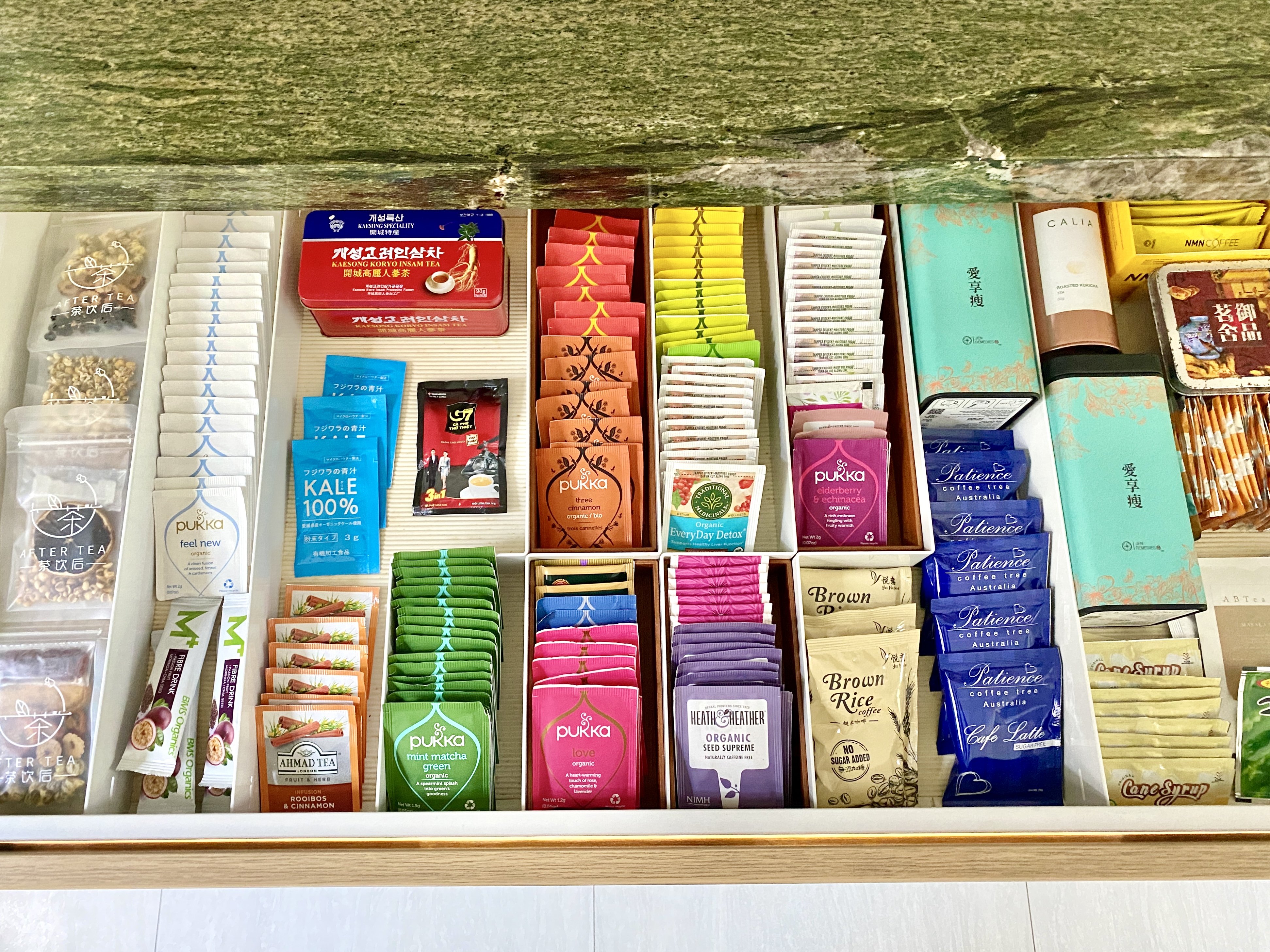How to declutter your home
Japanese tidying expert Marie Kondo became an international household name after the release of her books, The Life-Changing Magic of Tidying Up and Spark Joy, which transformed her name into a verb – ‘Kondo’ your sock drawer and get a handle on your life.
The core principle of the KonMari method is to find what "sparks joy", which is linked to the Japanese concept of "tokimeki".
Learning how to live simply, without the need for unnecessary material possessions, can do wonders for our mental health and wellbeing. But if you want to declutter your home, where should you begin?

Start slow
In the KonMari method, there is a specific order to approach your tidying, beginning with clothes, then books, paperwork, komono (miscellaneous), and finally sentimental items.
Rebecca Jo-Rushdy, a certified KonMari consultant based in Edinburgh, says: “People around the world are drawn to this philosophy not only due to its effectiveness, but also because it places great importance on being mindful, introspective and optimistic.
“We tackle clothing first because you can make decisions about what to keep in that category by yourself. You define what’s enough to you. Someone who works in fashion will have more clothes than me.
“People feel overwhelmed at the thought of it but you can break it down. If the idea of doing your entire wardrobe is too daunting you can tackle T-shirts today and dresses tomorrow.”

Kamilla Kvinger, who lives in Edinburgh, decided to use the KonMari method after watching the Netflix show Tidying Up with Marie Kondo. The 31-year-old employed Rebecca to help her clear out her wardrobe which was full of clothes dating back to her teenage years.
“I wanted to release old things as my wardrobe was full to the brim,” Kamilla says. “The process was miraculous because I knew I was freer. I didn’t know how long it took to manufacture the clothes I’d been wearing but that’s something I think about when buying clothes now.”
Repurpose
It might be tempting to throw things out but try to repurpose items where you can. Donate unwanted items to charity shops, gift things to friends, or even try upcycling items into something more useful for your home.
Rebecca advises creating a drop zone for donations: “I recommend creating a donation space that you can add to as you get rid of items. Mine is near the front door so it is a visual reminder but some people keep their donations in the car.”
Get the family involved
Rebecca says the whole family should get involved in the decluttering process: “If you get multiple family members involved you can lead by example – don't judge other people’s setup until you’ve dealt with your own belongings – people will pick up on that energy.”
But when it comes to children, Rebecca says you should “manage your expectations”, adding: “You have to tidy up your own purchasing behaviours as children mirror us.
“Children love KonMari as you are giving them undivided attention. Ask them what toy they like best – this builds confidence and decision making. It's an investment in time that you will get back. I taught my kids how to fold clothes and now they fold all the clothes in the house.”

Don't worry too much about how it looks
Homeowners looking for guidance on where to put all the stuff they’ve acquired can turn to Get Organized with the Home Edit on Netflix where the perky home-organizing duo of Clea Shearer and Joanna Teplin spin overstuffed kitchen pantries into Instagram-worthy displays.
Some of Rebecca’s clients have been inspired by this show and love having an aesthetically-pleasing organising system but she says this is not the only way to declutter.
“Make sure you are doing it for the right reasons,” Rebecca explains. “I highly recommend repurposing and using any boxes you can find at home to create defined zones.
“As tempting as it is to run out and buy beautiful storage solutions – this is the golden rule of KonMari to purchase intentionally after you declutter – view the retail therapy as a reward to motivate and complete the task.”

The sunk cost fallacy
A common obstacle to decluttering is known as the sunk cost fallacy, which is the phenomenon in which people don’t want to abandon something, such as a top you’ve never worn, because they’ve already paid for it and the idea of getting rid of something you’ve purchased feels like a waste.
But Rebecca says: “Most of the time you do not miss the things you let go of – almost everything is replaceable nowadays.
“The postwar generation can find the process difficult as they have inherited beliefs and trauma and have the scarcity mindset where they want to hold onto everything. I remind older clients that they are in a safe place now and teach them that other people can now enjoy the items they get rid of. You can unlearn all of this.”
The emotional pull of belongings
Our surroundings play a huge part in our mental wellbeing; a minimal, clean and organised environment helps us to feel calmer and content. And the less stuff you own, the less clutter you’ll have in your space – both literally, and inside your head.
Sharon Nelson decided to try the KonMari method when her mum was ill and she was in the middle of a demanding work project.
“My intellectual and emotional lives were filled with clutter, and when I got home after a gruelling day, I faced piles of stuff just…everywhere,” she says.
“I reorganized my workspace and after a serious mental block, ideas began to flow in this newly bright and clear home office.
“With fewer books and clothes, I am reading more and deriving greater enjoyment from what I wear. When things get untidy, I know exactly how to revert to order. I look at my wardrobe critically every day and often find more to give away. I still have more than I need for any occasion.”
Sharon adds: “We're human and most of us love things. I think there's no harm in admitting that, even revelling in it. Decluttering is meant to help you enjoy those things as much as possible.”

Change your future purchasing habits
Kamilla found decluttering can alter what we choose to buy in the future, adding: “I am now more aware of what to buy that will spark joy. Why not invest in a lighter life? If you have belongings you haven’t touched for a year, get rid of them.”
Rebecca says: “When we let go of something it changes your future purchasing behaviour as well – you don’t suit red so you won’t buy red anymore.
“There are some extreme KonMari side effects where people let go of clutter but also the other things in life too – they get divorced, quit jobs and cut out people.
“People don’t realise that our space has such a big impact on how our day flows. People declutter their kitchen and decide they have a passion for cooking as it becomes a more enjoyable place to cook. It's empowering to know clutter will not overwhelm you.”
Find out more about Spark Joy and Flow at sparkjoyandflow.com and @sparkjoyandflow on Instagram
ESPC magazine
This article appeared in the October 2022 issue of the ESPC magazine. Find out more about the ESPC magazine and read the latest issue online.